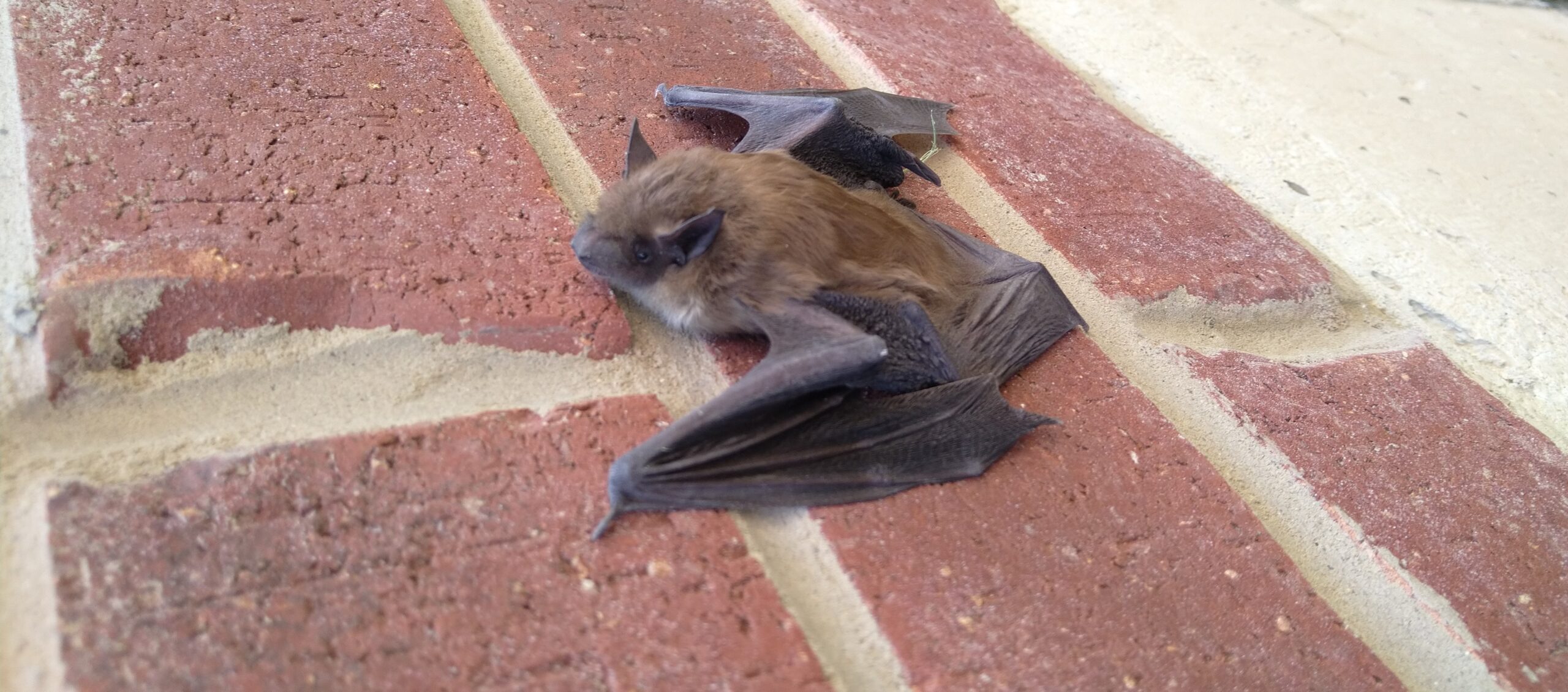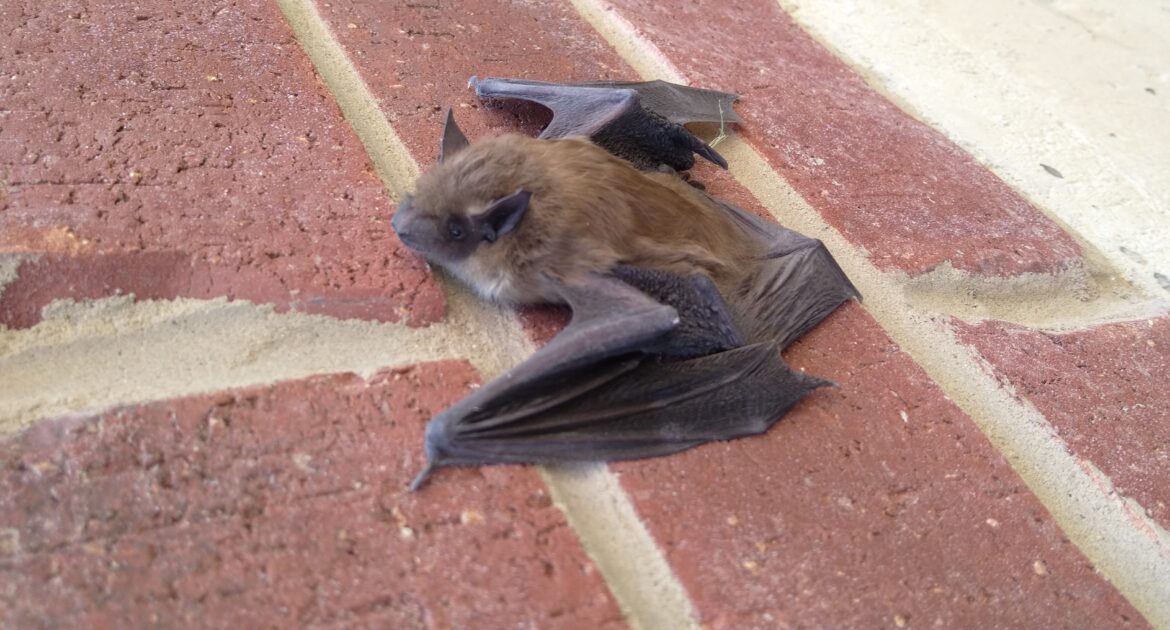If the thought of bats sharing your living space sends shivers down your spine, you are not alone. This flying mammal strikes terror into the hearts of ordinarily brave individuals, especially if it is found circling near the ceiling or hanging out in the rafters. Bats haven’t earned their reputation; it’s been passed down through folklore, Hollywood and Halloween. These fascinating creatures provide critical services in ecosystems around the world. However, your home isn’t one of them.
If you discover bats in your attic, or if one is in your living space, you may wonder how they got there. Many people are under the misconception that bats enter their homes through the window. While that isn’t impossible, there are other more likely scenarios. So, how do bats get in the house? Here are three primary entry points that they most often use.
1. Slipping Between the Gaps
The outside edges of your roof are joined to the outer wall by the fascia board and the soffit. The fascia board helps hold up the final row of tiles and the soffit joins the fascia to the walls. These are usually made from wood. Exposure to the elements can soften the wood and create gaps. These gaps provide bats with easy access to your attic. Bats can flatten their bodies enough to fit through a pretty small crack. You may not even notice the gap!
When bats look for a place to hang out, they want something safe, comfortable and protected from the elements. Your attic is perfect. Maternal colonies find the uppermost area of your home particularly appealing for keeping their pups safe when they go in search of food.
2. Squeezing Between the Cracks
If your home is constructed of bricks or stone, mortar joins the components together and holds them in place. Over time, this mortar can start to crack. Once the cracks go all the way through, our little winged friends have a way in. Likewise, when a home is made of wood, gaps in the space between the boards can leave room for a bat to gain entry into the wall cavities.
The reality is that bats can squeeze through any opening that is the size of a dime or bigger! If the attic vent or window casings have a small opening from the caulk that shrinks or rotted wood, it’s enough of an invitation to invite a bat inside. You may not notice they’re there until you smell bat guano. If the colony is large enough, you may hear their squeaks and chirps.
3. Flying Down the Chimney
One way a bat may enter your living space is by flying down the chimney. Bats often make chimneys into a roost. It’s warm, easily accessible and often filled with delicious insects. In some cases, maternity colonies give birth and raise their pups in a chimney. You may have a chimney cap in place, but these are prone to wear and damage.
It doesn’t take much to get an opening large enough to admit a bat or 12. Spotting chimney cap damage requires regular inspections, so it’s easy to miss. While the critters generally do just fine getting out the way they came in, sometimes they get turned around and end up in your living space. Additionally, the warmth from our living spaces can attract them to move down our walls and closer to living spaces. If a bat ends up in your living quarters, it was purely accidental. It will likely be scared and look for a way out. Bats aren’t aggressive, but they may bite when they feel stressed or threatened. The safest way to remove a bat is to contact professionals.
Getting Professional Help With Bat Removal
When you need wildlife removal services in Newmarket, Skedaddle has your back. We can safely and humanely remove bats from wherever you find them in your home, and we seal off all entry points to make sure they don’t come back. Contact us today to find out more about our bat removal services.




